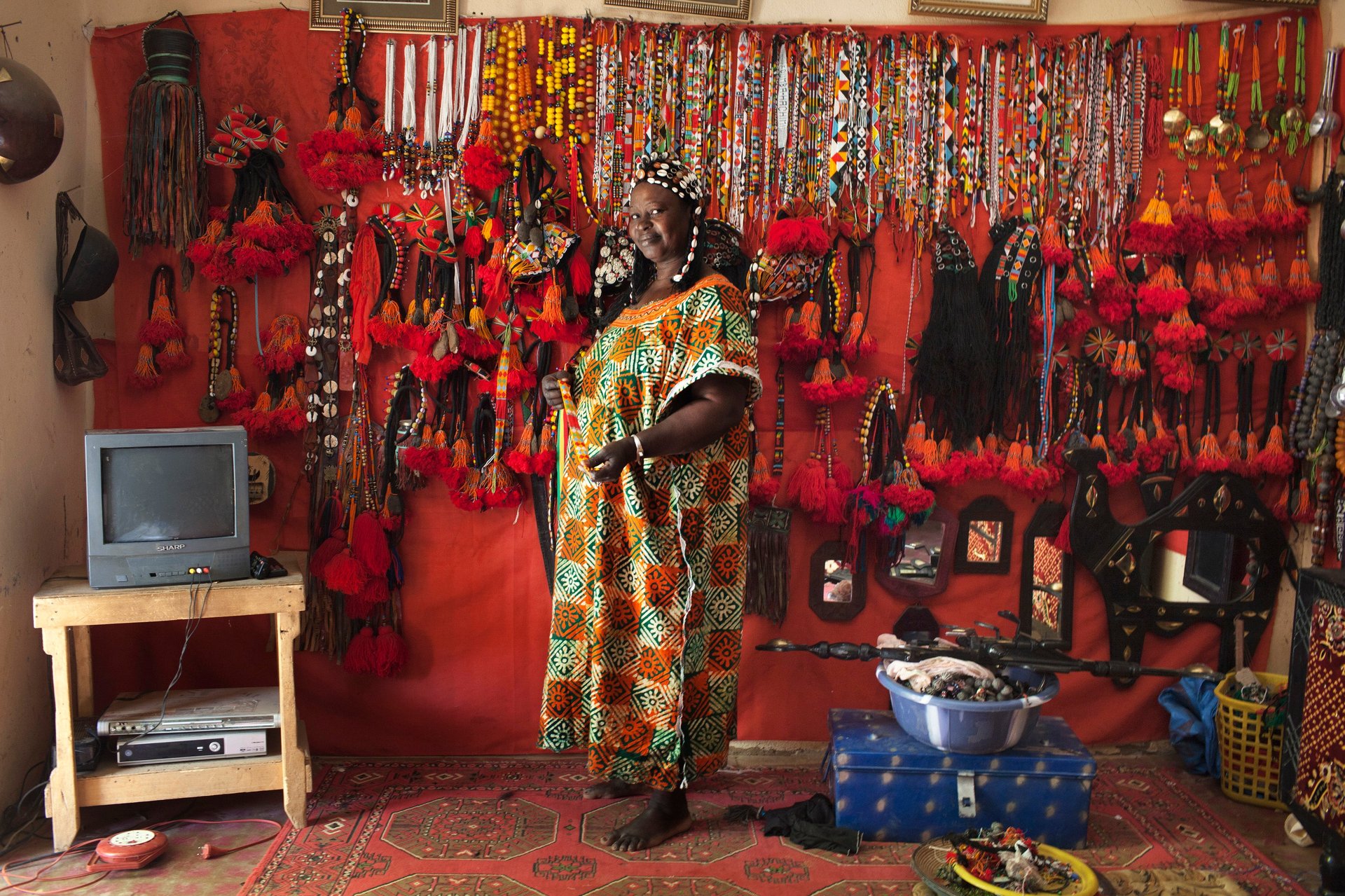Glass was being produced in ancient Sub Saharan Africa long before early European trade
A recent archeological dig in modern day southwest Nigeria has found that glass was locally produced in Sub-Saharan Africa as early as 1000 years ago—long before trading relations with Europe began in the 15th century.


A recent archeological dig in modern day southwest Nigeria has found that glass was locally produced in Sub-Saharan Africa as early as 1000 years ago—long before trading relations with Europe began in the 15th century.
Glass beads, a symbol of prosperity, power and prestige in many African cultures, have long been thought to be made from glass imported from Europe. But a recent archaeological discovery of glass in Igbo Olokun, Ile-Ife in southwestern Nigeria, is forcing a rethink of that long-held belief.
“We have strong evidence that they were making glass beads,” says Abidemi Babatunde Babalola, referring to the use of glass which was locally made in the region. Babalola led the research which was published by Elsevier’s Journal of Archaeological Science. “From the…excavation we recovered almost …13,000 black beads and most of them are not in their finished stage which shows that they were still being made at the time of abandonment of the site.”
Babalola’s team was encouraged to look into it after determining that glass composition found in this region did not match with glass composition found in other parts of the world.
“The percentage of the elements of the glass determines where it came from,” he says, meaning that if glass composition in one area does not match that in other parts of the world, it can be determined that the glass is local.
A 2012 study (pdf) provides an exhaustive list of the different kinds of beads that have been mapped in the region. While many other kinds of beads have been determined to be produced in Sub-Saharan Africa, glass beads are generally presumed to have been imported. In this research, the author argues that a “chemical analysis could prove beyond doubt whether these beads provide evidence of early trade.”
Indeed, Babalola’s research involves both archeological and scientific research that determines the origins of the glass particles—a combination he says is lacking in previous research. Using a method called mass spectrometry, which measures the concentration of all elements in the glass, they were able to determine the origins of the glass by looking at the “signature” elements and matching them with geological elements of the region where it came up. “Each of these ingredients leaves a signature in the glass,” says Babalola. “Not only the signature of the material but also the signature of the location where the material was actually… collected from.”
Babalola hopes that the study will shed new light on the way trade and interregional relations are viewed in Sub-Saharan Africa. At least for tourists who are apparently disappointed to learn that the beads they buy in Africa are originally from Europe, there is good news in store.